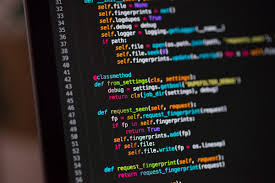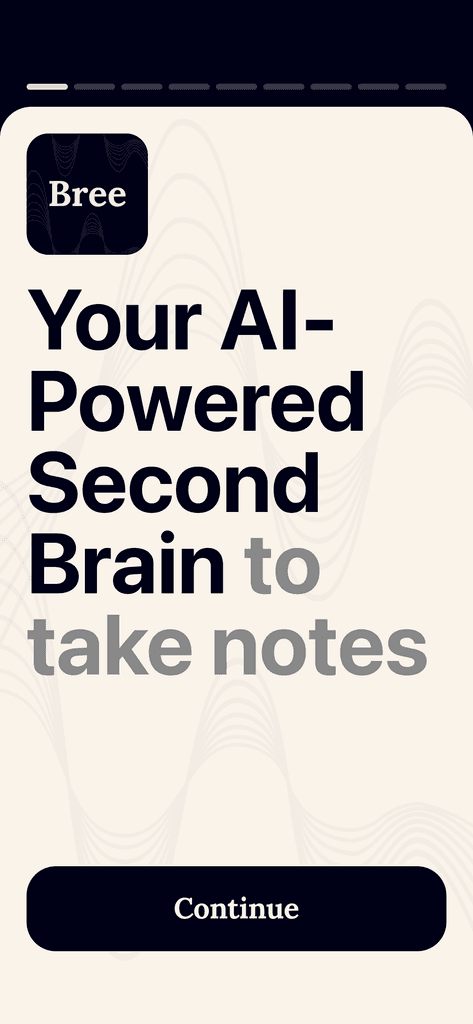Lecture 1: What is Computation?
The lecture, delivered by professors from MIT's Department of Electrical Engineering and Computer Science, sets the foundation for the entire course by explaining the concept of computation, Python programming basics, and strategies to solve problems algorithmically. It is designed for students with little or no prior experience in programming and emphasizes learning computational thinking, which can be applied across various disciplines
Detailed Lecture Summary
The Purpose of the Course
The course aims to make students proficient in programming with Python. It encourages them to solve real-world problems computationally, regardless of whether they are pursuing Computer Science as a major. The goal is not just to write programs but to design useful, reliable solutions for practical challenges.
As computation is deeply intertwined with many fields such as engineering, medicine, and finance, the course positions students to think algorithmically and build small but meaningful programs.
Defining Computation
Computation refers to the process of solving a problem using a sequence of steps known as algorithms. In computer science, this involves writing code that runs on machines, processes data, and automates tasks.
Computation provides the ability to abstract problems (breaking them down into smaller parts) and decompose solutions into code modules that solve these parts efficiently.
Why Python?
Python is the programming language of choice because it is:
High-level: Easy to learn and close to natural language.
Versatile: Used in fields ranging from data science to web development.
Interpreted: You can execute code instantly without a need for compilation.
It introduces variables, data types, operators, and control structures in a readable way, ensuring students learn to write clean and logical code from the start.
Core Programming Concepts Covered
Variables and Expressions: Students are introduced to variables as containers for storing data and expressions for performing operations.
Example:
x = 5 + 2assigns the value 7 tox.
Data Types: Python uses several basic data types such as:
Integers (whole numbers), floats (decimal numbers), strings (text).
Control Flow: The lecture briefly touches on the importance of conditionals and loops (e.g., if-statements, for-loops) to build logical workflows.
The Role of Algorithms and Efficiency
Algorithms are step-by-step methods used to solve computational problems. An example discussed in the lecture is a binary search algorithm, which finds an item in a sorted list faster than a linear search.
The professors highlight the importance of time complexity—the amount of time an algorithm takes to run—stressing that students should aim to write efficient code even as beginners.
Abstraction and Decomposition
Abstraction means focusing on the essential aspects of a problem while ignoring details.
Example: If you’re building a calculator, you first design the operations (add, subtract, multiply, divide) without worrying initially about the user interface.
Decomposition involves splitting a large task into smaller, manageable parts (functions or modules) that are easier to code and debug.
Tools and Environments
The course emphasizes using an Integrated Development Environment (IDE) to write and test Python code. Students are expected to become comfortable with debugging tools early, as coding is an iterative process requiring frequent testing and refining.
Assignments and Practice
Pset 0 is assigned in this lecture, aimed at helping students set up Python and become familiar with their programming environment. This problem set ensures every student can successfully install the required tools and write their first program.
Throughout the course, problem sets and finger exercises are critical to reinforce learning. These exercises focus on solving real-world tasks, such as calculating averages, guessing games, or sorting algorithms.
Study Notes
Computation:
Computation solves problems by automating tasks through precise, executable steps (algorithms).
Key ideas: Algorithms should not just work but be efficient—both in terms of speed and memory usage.
Python Basics:
Python variables can hold different types of data (integers, floats, strings).
Basic syntax:
Variables:
x = 10Expressions:
y = x + 5Printing results:
print(y)
Algorithms and Efficiency:
Writing efficient code is essential, especially when working with large datasets. Example: Using binary search instead of linear search on a sorted list.
Abstraction and Decomposition:
Abstraction helps focus on what a function does, not how it does it.
Decomposition makes debugging easier since each part of the program can be developed and tested separately.
Key Takeaways
Think Algorithmically: Always start with an algorithm before diving into code. This makes programming easier and minimizes errors.
Use Python’s Simplicity: Python is designed to let you focus on solving problems rather than worrying about syntax and boilerplate code.
Practice Regularly: Problem sets are essential to mastering the material. The more you practice, the better you become at designing, coding, and debugging.
Learning Never Ends: Coding is iterative; you need to continually debug, test, and refine your code until it works as intended.
Further Resources and Assignments
Problem Sets: Every week comes with new programming challenges to reinforce concepts.
Textbook: "Introduction to Computation and Programming Using Python" by John Guttag serves as the course textbook. It aligns with the lectures but offers deeper insights and more examples.
Additional Practice: Students are encouraged to experiment with code snippets outside of assignments to develop a better understanding of Python and computational thinking.
The course materials and lecture videos are available through MIT’s OpenCourseWare platform, which provides access to lectures, assignments, and exercises for self-study


